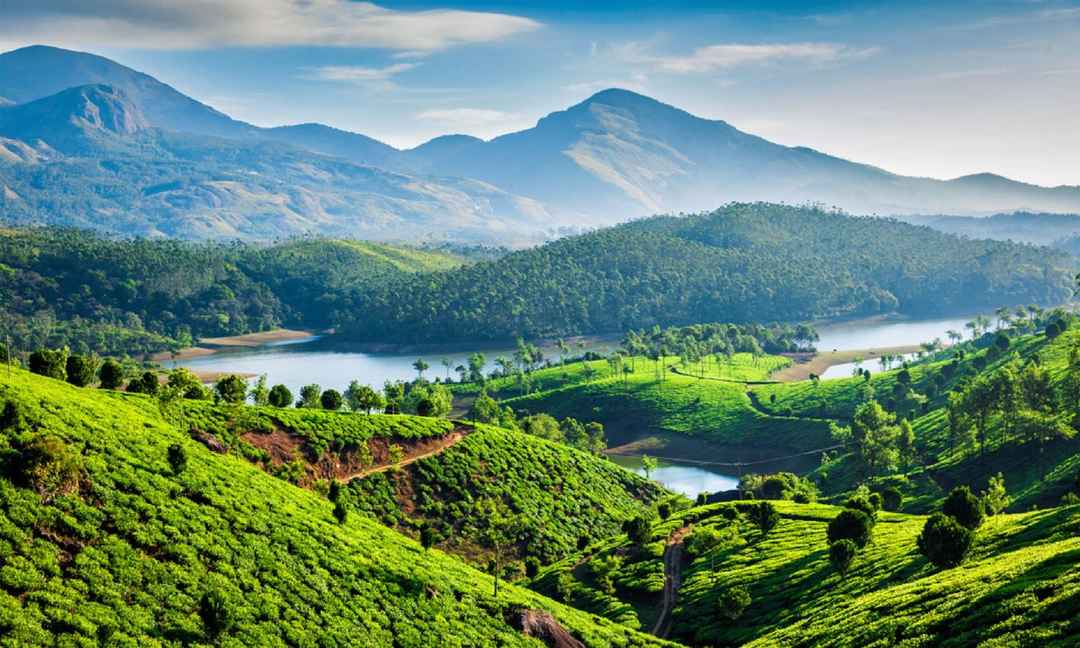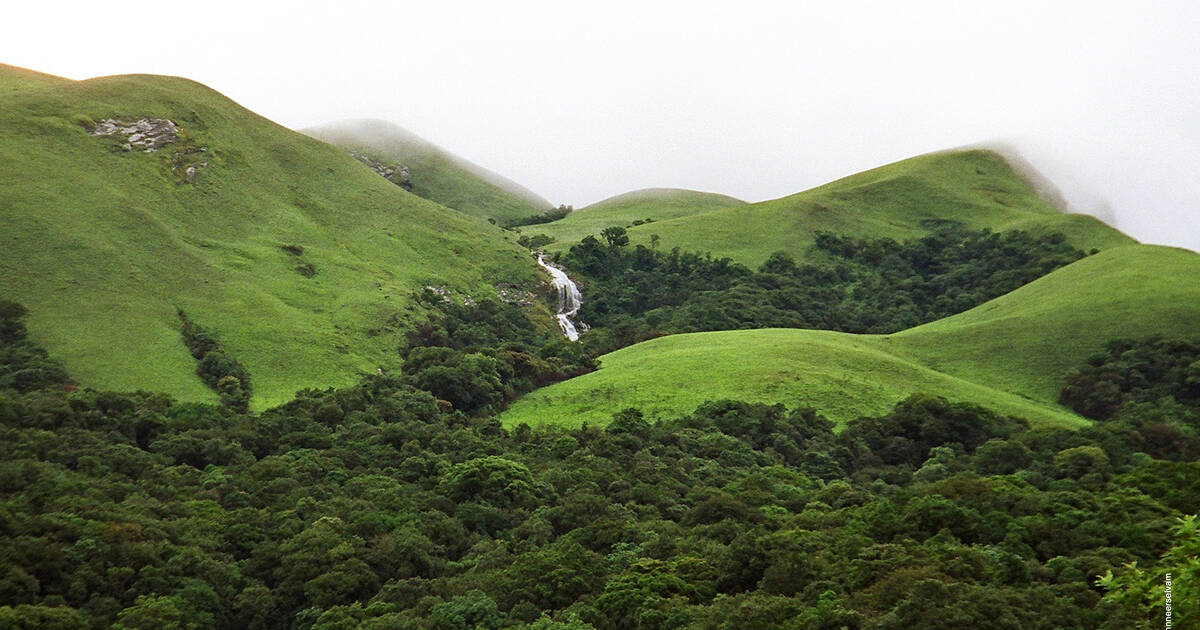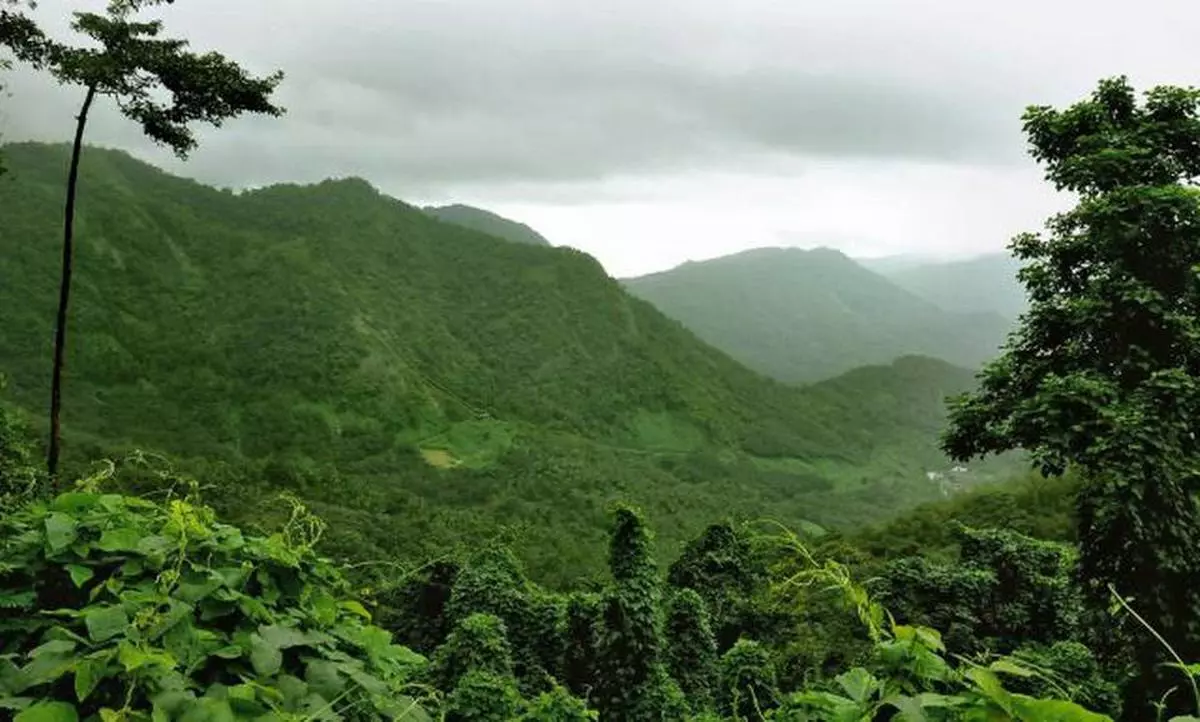If you are an avid nature lover or a wildlife enthusiast seeking the next big adventure, the Western Ghats should be at the top of your travel list. Spanning nearly 1000 miles from Mumbai in the west to the southernmost tip of India, this mountain range is not just a geographical marvel but a biodiversity hotspot recognized globally for its rich flora and fauna. The Western Ghats are considered one of the world’s leading biodiversity hotspots, hosting numerous rare species of plants and animals, many of which are endemic to this region. Here’s why the Western Ghats are a must-visit for nature lovers and wildlife photographers alike.
Flora of the Western Ghats

The Western Ghats are renowned for their incredible diversity in plant life. With a mix of tropical rainforests, evergreen forests, and alpine meadows, the region is home to over 5,000 species of flowering plants, making it a true paradise for botanists and nature enthusiasts. Of these, around 2,100 species are endemic to the Western Ghats, meaning they cannot be found anywhere else in the world. Some of the most notable vegetation types found here include the moist deciduous forests, dry hill forests, and the unique Shola forests. These Shola forests, characterized by their high moisture levels and stunted tree growth, create isolated patches of evergreen habitat within the high mountain ranges, adding to the unique landscape of the region.
The Western Ghats are also often called the “emporium of medicinal plants” because over 150 medicinal plant species have been identified in the region. Many of these plants are integral to Ayurvedic medicine, offering potential for healing practices passed down through generations. Among the fascinating natural phenomena in the Ghats is the blooming of the Karvi flower. This event occurs in a synchronized manner and transforms the landscape of the Sahyadri ranges, giving it a deep blue hue and earning the region the name ‘Neelgiri’ or “Blue Hills.”
Fauna of the Western Ghats
The rich vegetation of the Western Ghats provides the perfect habitat for a diverse range of wildlife. The region is home to some of the rarest and most majestic species of animals, including the Royal Bengal Tiger, which draws thousands of wildlife tourists each year. The Western Ghats have long been a crucial habitat for the conservation of tigers, and thanks to ongoing conservation efforts, the region has become one of the best places in India to spot these majestic creatures.
Among other mammals, the lion-tailed macaque and the Malabar large-spotted civet are also critical species found in the Western Ghats. The region is home to over 500 species of birds, including various raptors, colorful songbirds, and some of the rarest and most beautiful species. Whether you’re a birdwatcher or just a casual observer, you’ll find the Western Ghats to be a paradise for spotting unique avian life.
The Ghats are not just limited to mammals and birds. With its rich ecosystem, the region is also home to a fascinating array of reptiles and amphibians. The King Cobra, one of the most famous venomous snakes in the world, is often spotted in the dense forests of the Ghats. The region also boasts a wide variety of frogs, toads, and snails, each with their unique adaptations. Additionally, numerous freshwater species like catfish, pufferfish, and ornamental fish can be found in the region’s rivers, making it a vital aquatic habitat.
Best Wildlife Parks in the Western Ghats

For those looking to immerse themselves in the wildlife of the Western Ghats, there are numerous national parks, wildlife sanctuaries, and nature reserves that offer an excellent opportunity for safaris and treks. Some of the best wildlife parks in the Western Ghats include:
- Borivali National Park (Maharashtra) – Known as the ‘lungs of Mumbai,’ this park is home to a variety of flora and fauna and offers easy access to wildlife enthusiasts visiting Mumbai.
- Chorao Bird Sanctuary (Goa) – A haven for birdwatchers, this sanctuary is home to numerous species of migratory and resident birds.
- Nagarahole National Park (Karnataka) – Famous for its tigers and elephants, this park is a must-visit for anyone looking to experience the wildlife of the Western Ghats.
- Silent Valley National Park (Kerala) – One of the last stretches of untouched tropical rainforest in India, this park is a critical site for the conservation of endemic species like the lion-tailed macaque.
- Anamalai Wildlife Sanctuary (Tamil Nadu) – This sanctuary is renowned for its diverse ecosystems, ranging from grasslands to dense forests, and is home to elephants, tigers, and a rich variety of birds.
These parks offer a range of activities from wildlife safaris to trekking, providing you with ample opportunities to explore the region’s natural beauty.
Biodiversity and Conservation Efforts
The Western Ghats are home to a staggering number of species. In fact, the region is home to over 7,400 species of flowering plants, 1,800 species of non-flowering plants, 139 mammal species, 508 bird species, 179 amphibian species, 6,000 species of insects, and 290 species of freshwater fish. At least 325 globally threatened species occur in the region, highlighting the need for continued conservation efforts. In recognition of the region’s ecological significance, the Western Ghats were declared a biodiversity hotspot in 1988, despite covering only 5% of India’s land area.
The Indian government has taken significant steps to preserve this natural treasure. Several national parks, wildlife sanctuaries, and biosphere reserves have been established in the Western Ghats to protect its unique flora and fauna. These efforts are crucial not only for the protection of endangered species like the Bengal tiger but also for maintaining the health of the entire ecosystem, which serves as an important corridor for wildlife in India.
The Western Ghats play a vital role in the conservation of several key species. For example, the region forms an essential part of India’s Elephant and Project Tiger reserves. In fact, the Western Ghats host the second-largest population of tigers in India, with an estimated 336 to 487 individuals.
Ecological Importance of the Western Ghats

Beyond their significance for wildlife, the Western Ghats are crucial to the ecological balance of India. The mountain range plays an essential role in the monsoon weather patterns of the Indian subcontinent and is a vital water catchment area for the rivers of southern India. The Ghats serve as a natural barrier that traps moisture from the southwest monsoon, ensuring a steady flow of water to the region’s forests and rivers, which in turn supports agriculture and wildlife.
The Western Ghats also act as a crucial carbon sink, helping to regulate the global climate. Their dense forests absorb large amounts of carbon dioxide, mitigating the effects of climate change and supporting the health of the planet.
Conclusion
The Western Ghats are one of the world’s most vital biodiversity hotspots, offering unparalleled opportunities for wildlife enthusiasts and nature lovers. Whether you’re trekking through the lush forests, capturing wildlife on camera, or simply soaking in the beauty of this pristine landscape, the Western Ghats provide an experience like no other. From its rich flora and fauna to its critical role in the ecological balance of India, the Western Ghats are truly a treasure waiting to be explored. So, pack your bags, lace up your boots, and get ready to experience the wild beauty of the Western Ghats on your next nature safari.

